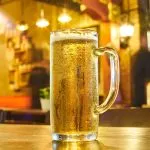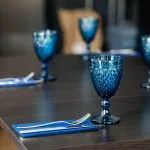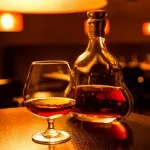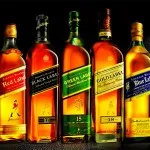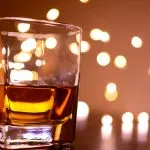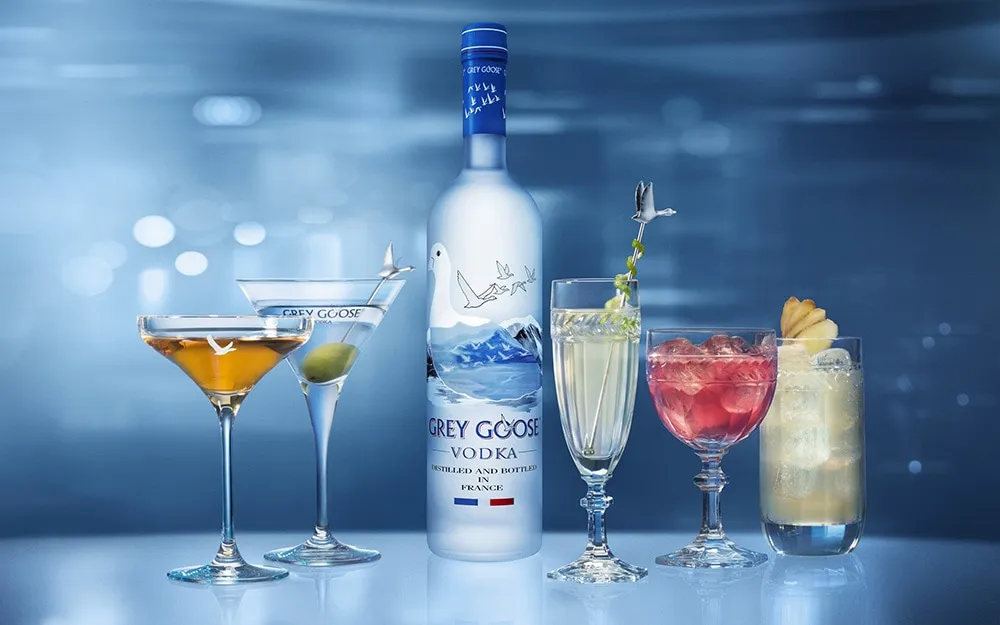Glasses aren’t just containers for your beers and cocktails! These are also essential in keeping your drinks at the right temperature and, thus, ensure your enjoyment of every sip – yes, sip because alcoholic beverages are meant to be gulped like water by a thirsty man. This is the reason why bartenders serve many cocktails in chilled glasses.
This leads us to the question: When do you chill glasses and when do you not?
Beer Glasses
Contrary to popular opinion, especially among beer beginners, not all types of beer are designed to be served and enjoyed at ice-cold – and certainly not sub-polar – temperatures. Many clueless beer drinkers keep their beer in the refrigerator or in temperature-controlled cellars with temperatures below the recommended temperature by mainstream and craft beer manufacturers.
In the case of craft beer, the cold temperature ruins the flavor profile of the beer, even make it less palatable for a connoisseur. Thus, if you serve craft beer that should be served at room temperature cold, then you may as well throw it out. Don’t even think about serving craft beer on tap in a chilled glass because it has the same effect.
Also, serving beer in a glass at room temperature aids the beer in reaching its optimum drinking temperature faster. So, when in doubt, just serve beer in a non-chilled glass.
There are exceptions, of course, such as Bud Light and Coors Light that should be served at ice-cold temperatures. But if you want more flavor from these beers, which have a more limited flavor profile than their craft beer counterparts, then let them warm up a little.
The bottom line: Check the manufacturer’s recommended serving temperature when it comes to beer.
Cocktail Glasses
Where cocktails are concerned, things become more specific than in beer. Essentially, glasses should be chilled for drinks served straight up but not for long drinks and neat pours, as we will explain later. Bartenders also like chilling cocktail glasses because it saves them time on preparation and you, the host, will find that your guests will have a better drinking experience.
Chilled glasses are unnecessary for long drinks because these are already served with ice and, thus, these will keep their cool temperature for a longer period. Neat pours shouldn’t be poured into chilled glasses because the spirits’ flavor profile will be affected resulting in less enjoyment of the drink. But bartenders often have chilled glasses on hand in case some guests prefer them to ice.
Aside from keeping cocktails chilled for a longer period, chilled glasses are also essential for appearances. When a cocktail glass is chilled, it forms frost on the surface that enhances the appearance of the cocktail. Think about it: You also drink with your eyes so a cocktail that looks cool and crisp will heighten your anticipation.
There are several ways of chilling glasses.
Keep them in the freezer, the best option since the glasses will likely keep their chill for a longer period afterwards. While two hours may be sufficient if you’re in a hurry, we suggest chilling glasses for three to four hours. The longer chilling period will ensure that the glasses are chilled uniformly and these will retain their cold temperature longer once out of the freezer.
Tip: Place the glasses near the freezer’s vents where cold air is emitted the most.
Submerge them in an ice bucket, if a freezer or refrigerator isn’t available. Be sure to fill the ice bucket to its full capacity before submerging the glasses in it.
Tip: Place the glasses in an upside down position (i.e., stems up). Cover any exposed parts with ice. Let them sit in the cold for 30 minutes, at least, for a good chill.
Fill them with either cold vodka or ice, if the above-mentioned methods aren’t possible. First, you can fill a glass with cracked or crushed ice – not ice cubes – and swirl it around for a few seconds. Dump the ice and pour the cocktail into the now-chilled glass.
Second, pour cold vodka into a glass and swirl it again. Pour the vodka into another container for use in another drink. Pour the cocktail into the chilled glass and enjoy.
Why cold vodka? It has a much lower freezing point than water and, thus, it makes a glass chill much faster than ice.
Also, you can chill an already chilled glass by doing either the ice or cold vodka swirling method. This way, the chill will last far longer.
Be sure to check, too, that the refrigerator or freezer doesn’t have other things in it that can impart their flavor to the chilled glasses. Examples include olives and herbs although it shouldn’t be a problem if chilling is done for 3-4 hours only.
Of course, hot cocktails shouldn’t be served in chilled glasses for obvious reasons. Hot cocktails should be served in warmed up glasses – fill a glass with hot water and dump it just before pouring the hot cocktail into it.

